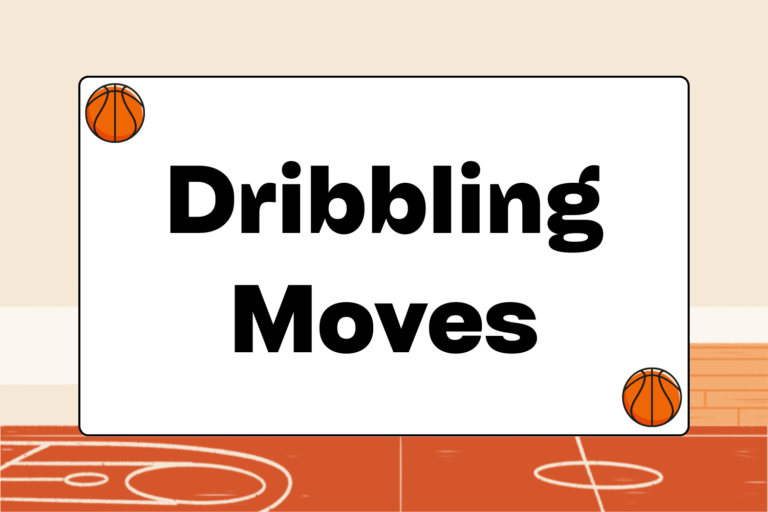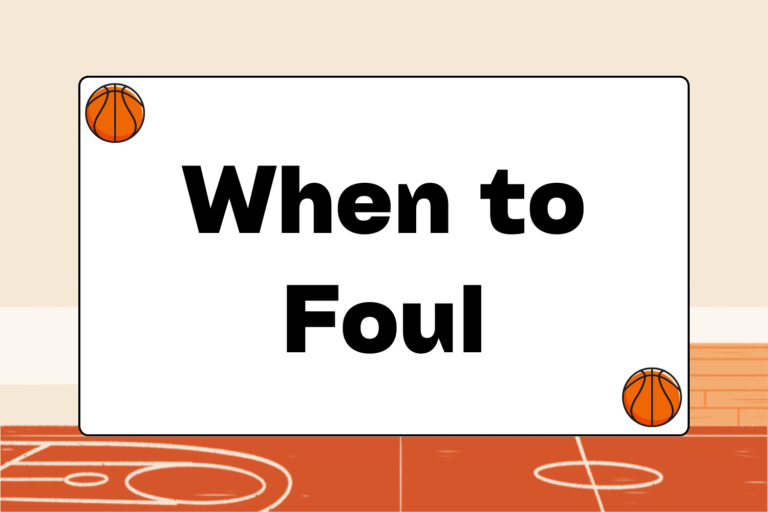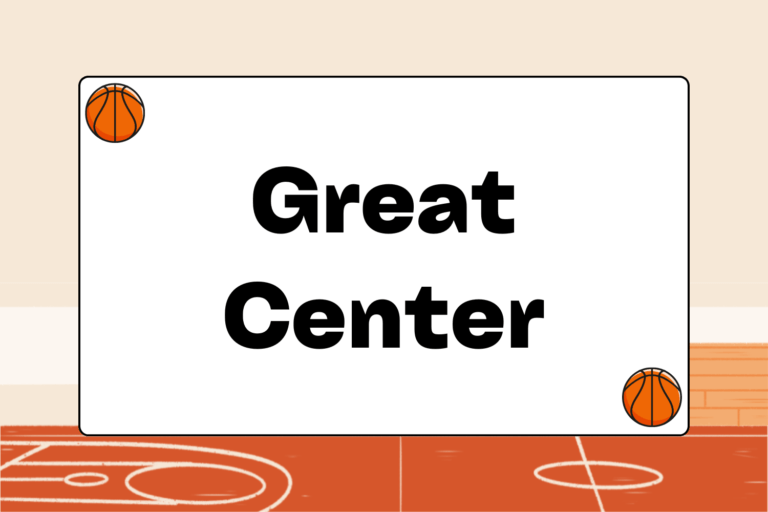Developing a solid foundation of core strength will exponentially improve performance on the court. These muscles are critical for the efficient transfer of energy during jumping and explosive movements in general.
But sit-ups alone won’t do the trick. Many people think the core refers exclusively to the abdominal muscles, but the term “core” actually encompasses three different regions of the body: The abdominals, the hips, and the lower back.
Here’s a detailed breakdown of the muscle groups that make up the core:
Abdominal Muscles
The abdominal muscles are crucial when playing basketball, and the amount of power a player can generate is directly related to the strength of their mid-section. So if you’re looking to raise your stats, you should probably get familiar with the abs.
External Oblique
The external oblique is the largest of the three flat muscles on the side of the abdominals. It’s not very thick, but spans wide and has a kind of square shape. The external oblique pulls the chest downward, which compresses the abdominals.
Internal Oblique
The internal oblique is located just below the external oblique, on the side of the abdominals. It’s perpendicular to the external oblique and stretches from the lower back to the upper part of the hip bone, with fibers connecting to the 10th and 12th ribs. The internal oblique contracts when the diaphragm expands during breathing. It also pulls the rib cage and abdominal midline toward the hip and lower back when the side bends.
Transversus Abdominus
Just underneath the internal oblique lies the transversus abdominus muscle. It originates near the inside of the front of the hip bone and runs up to the 12th rib. It’s the deepest of the major abdominal muscles and acts to compress the ribs, providing core stability. When you “scoop” your abs, you engage the transversus abdominus more than any other abdominal muscle.
Rectus Abdominus
The rectus abdominus is the muscle more commonly known (when well defined) as a six-pack. It’s actually comprised of ten sections, with five on either side of the abdominals. It functions to flex the lower back, help breathing, and protect the internal organs.
Pyramidalis
Behind the rectus abdominus lies the pyramidalis muscle. This muscle is shaped like a small triangle, but is actually non-existent in 1/5 of the population. It serves to tense the linea alba, part of the connective tissue in the abdominals.
Lower Back Muscles
Working on your lower back muscles probably won’t help you turn heads when strutting your stuff on the beach, but it will improve your basketball game tremendously. This oft-neglected group of muscles helps to stabilize the body when moving on the court.
Erector Spinae
The erector spinae connects along the spine and is comprised of not one, but many muscles: the illiocostalis, longissimus, and spinalis. They all work together to extend the spine
Serratus Posterior
The serratus posterior begins at the 11th vertebra, runs sideways and upwards in a rectangular shape, and eventually connects to the lower parts of the 9th, 10th, 11th, and 12th ribs. It acts to pull the lower ribs back and down, which also helps expel air out of the lungs. It is one of the muscles, like the transversus abdominus, that you feel most when scooping the abdominals.
Latissimus Dorsi
Stretching from the top of the back side of the pelvis all the way up to the underarm, the latissimus dorsi is roundly-shaped muscle, that becomes thinner as it spans upward. It functions to extend and laterally flex the lower back, as well as rotate the shoulder joint.
Hips
Every athlete strives for more speed and a higher vertical jump. Increasing the strength and range of motion of the hip joint and surrounding muscles will help develop and improve that aspect of your game as it is directly involved in the transfer of energy during all explosive movement.
Iliopsoas
Comprised of the psoas major, psoas minor, and iliacus, the iliopsoas is the strongest of the hip flexor muscles. It starts at the bottom five vertebrae of the spine and stretches into the inner part of the pelvis. It acts to flex the hip, a vital action for any movement—from walking to running to sitting down.
Lateral Rotater
This group of muscles functions to rotate the legs from the hip sockets into a “turned out” position. It is comprised of six different muscles (PGOGOQ): The piriformis, gemellus superior, obturator internus, gemellus inferior, obturator externus, and quadrates femoris.
Feel the Burn
It may seem like a lot to think about, but understanding this important group of muscles will make it easier to design an effective workout routine. The core is, after all, the center of our body—the foundation that drives all movement. And the stronger your foundation, the better basketball player you will be.





